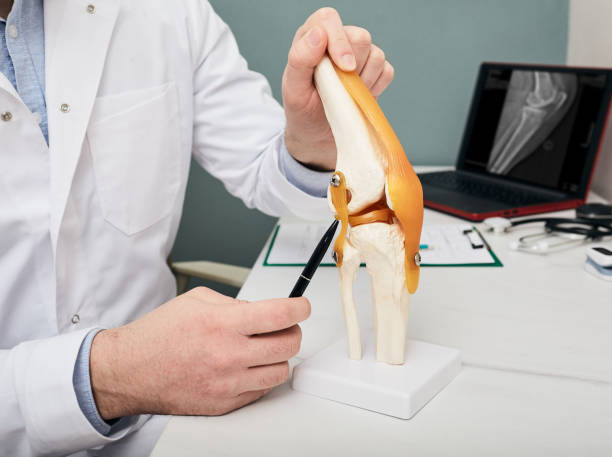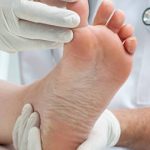
ACL (KROO-sheet) tears are common sports injuries. They happen when you’re playing sports that involve quick turns, stops and changes in direction. They often happen during football, basketball and soccer, though they can also occur in other sports that put a lot of pressure on your knees, like skiing and tennis. It’s important to know the signs and symptoms of an ACL injury, so you can get it checked out right away.
A torn ACL can make it hard or impossible to walk, jog or play sports in your usual way. You may feel pain in your knee or hear a “pop” or “snap” when the injury happens. Sometimes the ligament heals itself without surgery. You can choose to have surgery or not, depending on your activity level and lifestyle.
Do I Think I Torn My ACL?
Symptoms of an ACL tear include pain, swelling and trouble moving your knee. If you have a complete ACL tear, you won’t be able to bend or rotate your knee normally. It’s very likely you will have trouble walking up or down stairs and you’ll probably be unable to jump, play sports or do anything that requires you to put a lot of pressure on your knee.
The first thing you should do if you think you tore your ACL is stop playing the sport that caused it. This will help reduce the swelling and pressure on your knee. Then you should rest your knee with ice on it and elevate it by putting it up on a pillow or chair. Take a pain reliever such as ibuprofen or acetaminophen to control the pain and swelling.
If your doctor suspects you have a torn ACL, they’ll ask about your symptoms and when the injury happened. They’ll also do a physical exam and use tests, such as the Lachman test or anterior drawer test, to see how your knee moves and if there is any instability.
Haberfield physio will usually recommend surgery to fix a torn ACL. This surgery will replace your injured ligament with tissue that helps a new ligament grow in its place. The surgeon can use a tendon from your hamstring or a minor knee tendon, or they can get a graft from a cadaver (a dead person).
After surgery, you’ll need to do a lot of physical therapy to build up strength in your leg and knee. Most people who have surgery and follow their doctors’ instructions can return to their regular activities within 12 months.







